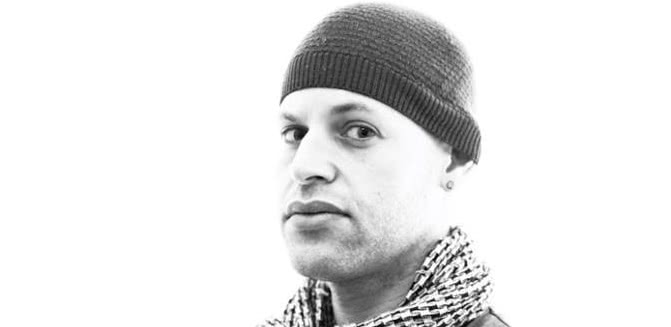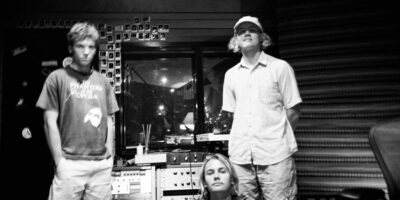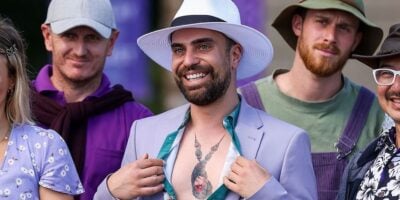For the past 11 years, Semi-Permanent has brought together internationally renowned designers, artists and creative icons for live events, presentations, workshops and parties. One of the largest events of its kind in the world, it’s a creative platform that often serves great inspiration in the realms of art and design.
Hitting both Sydney and Auckland this year, the festival of creativity is looking to be even bigger and better than ever. The lineup includes the likes of Tony Hawk, Mr. Brainwash and Tara McPherson. One of the most exciting speakers is world-renowned New York photographer and photojournalist Ben Lowy, whose work in Iraq, Afghanistan and Libya has earned him international acclaim.
Lowy says his motivation for working in war zones is simple. “I know I am willing, while others are not. I find it a privilege and honour to stand on the front lines of history and record the events that will change the course of global politics. Most people in the world, regardless of where they live and what god they believe in, hardly venture outside their own comfort zone and home. To me, going to these places, photographing them, and connecting people through visual communication is a tremendous and important undertaking.”
Despite being aware of the great importance and potential influence that his documentation has, Lowy remains humble. “I think documenting does inform, [but] I don’t think I am going to change the world. I just want to enlighten a few people.”
It goes without saying that being a photographer in war-torn countries can be incredibly dangerous. Lowy himself was nearly killed in a convoy bombing in 2007. However, this experience, along with the other horrible things he’s seen, hasn’t prevented him from doing his work.
“Life-threatening situations influence my psychology. The camera is an actual physical and mental barrier. The minute you pick it up and put it in front of your face, you are no longer in the situation, you are watching it from afar. It actually helps in many ways. People often wonder how it is that my colleagues and I can photograph the dead and dying. But often we don’t witness these events with our naked eye – rather, within the context of looking through a camera.”
Lowy has also, sometimes controversially, been an advocate for smart phone photography. He has even used his own phone to take many amazing shots. He offers a word of advice for anyone interested in photography, no matter what equipment they’re using: “Be true to your creative eye. Don’t show the audience what you think they want to see. Show them what you want them to see. These days, whether you have a job or a freelance career, you have numerous free platforms to showcase and self-publish the work closest to your soul. Don’t shrink from doing that. Take advantage of it.”
Despite Lowy’s support of mobile photography and utilising online platforms as a showcase for artistic work, he does believe that physical events such as Semi-Permanent are a necessity in the creative world.
“I think the digital, interconnected world has been great for the flow of information, but not great for groups of artists to sit, exchange ideas and inspire people. Festivals are important, if only for the exchange of ideas.”
With the myriad of talks, screenings, shows and parties happening at Semi-Permanent, what Lowy hopes for most is that aspiring photographers will take away one lesson: “That the future of photography is wide open. We just have to constantly innovate.”
Semi-Permanent 2014 will be at Carriageworks from Thursday May 22 to Saturday May 24.


































